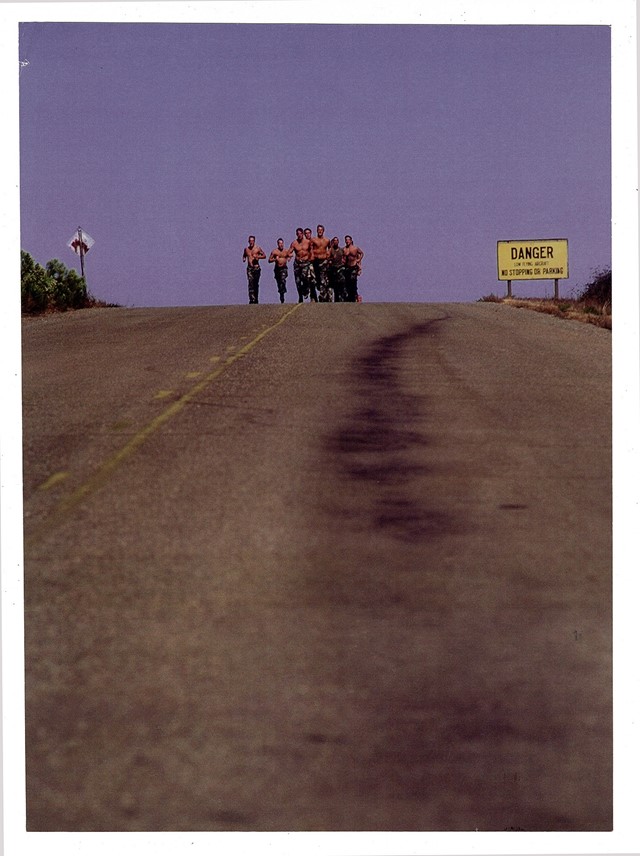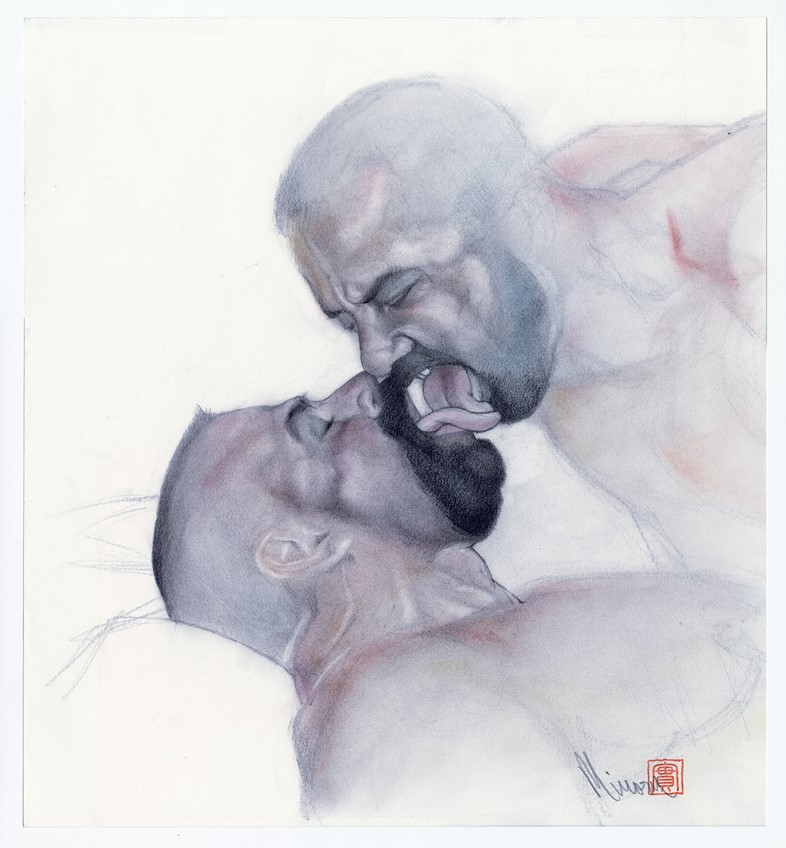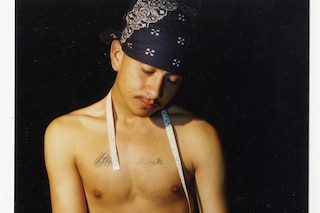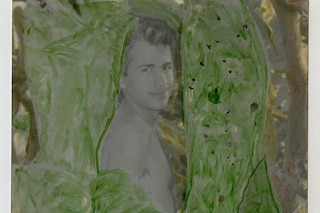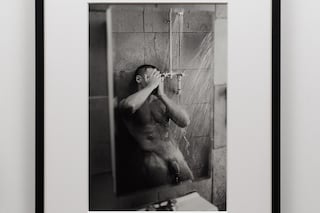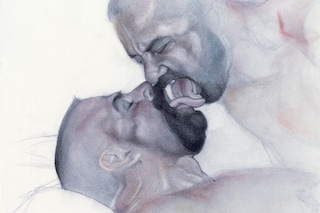Putting sexuality on the canvas isn’t just for ‘degenerates and deviants’, and the Tom of Finland Foundation’s upcoming emerging artist competition aims to dispel the myth for good
This article is part of our Future of Sex season – a series of features investigating the future of sex, relationships, dating, sex work and sex worker rights; tech; taboos; and the next socio-political sexual frontiers.
When the legendary erotic artist Tom of Finland (born Touko Valio Laaksonen) first started to disseminate his illustrations of hypermasculine, hypersexual men in the mid-1950s, he entered a landscape very different from what we’re familiar with in 2022. With depictions of homosexuality and sexualised male nudity illegal in most countries at the time, he was forced to find alternative outlets for his art. Namely, his images populated beefcake magazines dedicated to ‘fitness’ and ‘health’, where topless men posed to ‘show off their physiques’.
In reality, these magazines “were for gay boys”, Durk Dehner, founder of the Tom of Finland Foundation, tells Dazed. “They immediately knew that it was for them.” Tom’s more explicit works, meanwhile, he had to reproduce himself via film photographs, and post out to an underground network of enthusiasts in envelopes no bigger than a standard letter, since anything larger would be checked by customs. Even in 1980, Dehner ran into similar problems when he set up a mail order company and publishing firm for Tom’s erotic art (the pair met in the late 70s and were partners up until the artist’s death in 1991).
“In the United States, I had to learn very quickly that there were 13 states that you did not mail to,” he says. “Because they had postmaster generals who were trying to lure these adult companies into shipping them material. And as soon as they shipped it across a state line, it became a federal crime, and then the FBI would come and sue the company, close it down, make really outrageous demands on it, break them.” Over the course of his career, Tom of Finland found governments in his homeland, and other European countries such as Germany and the UK, similarly prohibitive.
The birth of the internet and social media, of course, promised change – vast, independent media-sharing networks dangled censorship-free image sharing under queer and erotic artist’s noses. But have the internet’s main platforms lived up to this promise? Well, let’s see. Facebook is notoriously strict about anything erotic. Under its posting guidelines (which remain notoriously vague and difficult to navigate) the company lists “nudity or other sexually suggestive content” under the things it doesn’t allow.
Similarly, the mere hint of a realistically-rendered, female-presenting nipple on Instagram can get you banned (as Tom of Finland’s official account was, briefly, in 2019). Even Tumblr, the mid-2000s home of everything smutty and sleazy, announced a near-suicidal ban on nudity in 2019. As recent studies have pointed out, erotic expression on these platforms is even more difficult if you’re part of the LGBTQ+ community.
“The state is using Big Tech as their moral police force,” explains SR Sharp, Dehner’s partner and vice president of the Tom of Finland Foundation. Anti-sex trafficking bills such as FOSTA-SESTA – which are responsible for much of this censorship – are important in theory, he adds, but in reality the way that they’re enforced is “deliberately confusing” in a way that proves damaging to self-expression.
Of course, there are some remaining outposts for erotic art on the internet. In lieu of other viable alternatives, some artists have turned to Pornhub to host their work, while others hide out behind a paywall on OnlyFans (although even OnlyFans has made life difficult for its adult creators in the past, in a scandal that threatened to turn into Tumblr 2.0). For Dehner, though, this pigeonholing of erotic art is part of the problem.
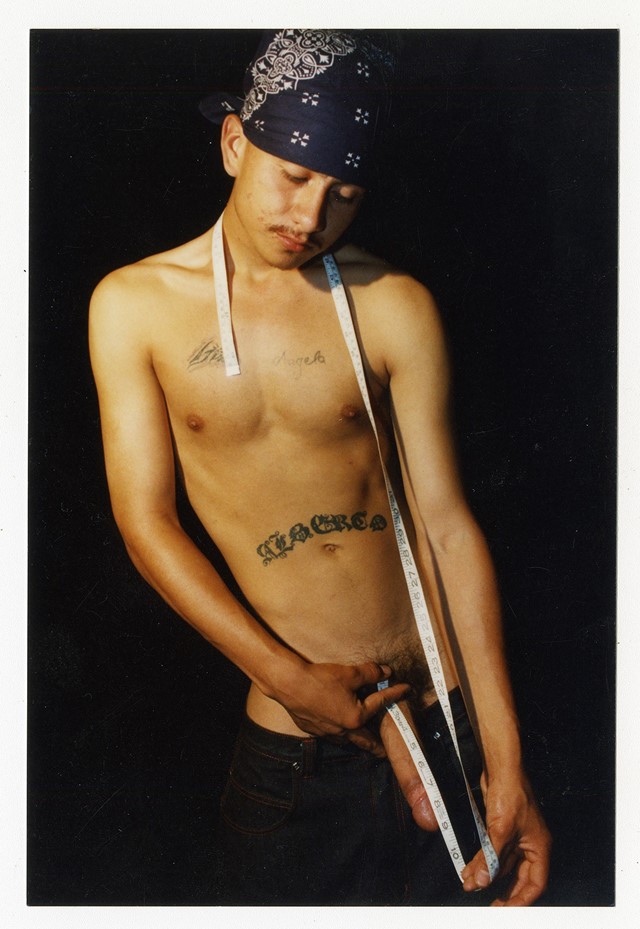
“You can pretty much find everything on the internet,” he says. “But try doing that.” With interesting adult content squirrelled away behind paywalls, or on niche, self-hosted sites, this is easier said than done, meaning that most erotic artworks aren’t getting the audience they deserve. Plus, they aren’t reaching eyes that haven’t actively sought them out. “It’s one thing to find [erotic art] on the internet,” he adds. “It’s another thing to actually present it to a public, present it to a museum, present it to a board of judges, in that you don’t know if they’re going to actually [like it].”
Since it was established by Tom and Dehner in 1984, the Tom of Finland Foundation has worked to bring existing erotic art to a broader audience by arranging exhibitions such as this spring’s AllTogether, a show that ran in Paris and Venice. “Young gays who came, they would say to us, ‘You don’t know how important this is for us,’” Dehner says. “This is acknowledging that we exist, and we’re so happy and proud that it is being presented in such a beautiful light.” It’s this kind of reaction – from viewers who aren’t necessarily familiar with the full Tom of Finland story – that the Foundation is looking for.
More importantly, though, the Tom of Finland Foundation also provides support for emerging erotic artists, to ensure that the age-old tradition continues, even if it is beset by puritanical censorship on all sides. Primarily, this involves running its pioneering Emerging Artist Competition, which is open to any artist who creates erotic artwork, and has not commercially sold work that portrays sexuality before. In case you need a reference point for how lewd the art can get: the second-ever edition of the contest, held in 1995, was controversially won by the late Garilyn Brune – the painting showed a sweaty priest on his knees, fellating a beatific depiction of Jesus Christ.
“Tom was super punk… He didn’t care about [laws], what mattered to him is his idea of a perfect world, a world of sexuality” – S.R. Sharp
The most recent iteration of the contest, meanwhile, was won by the XXX New Zealand artist Mr Gruts, for another phallocentric illustration. (As Dehner says: “Everybody loves dick.”) Gruts’ winning artwork departed from his usual depictions of fantasy battles – though painting oversized orc abs presumably primed him for the competition – and he says that winning freed him up to focus solely on queer erotic art after that, and make a living out of it. “The [Tom of Finland Foundation] are rewriting the narrative that erotic art isn’t shameful or limited to so-called degenerates and deviants,” he tells Dazed. “I had built upon a career as a genre artist often depicting battle-ready characters. Today, I work exclusively on erotic material.”
As Gruts points out: “It says much about our contemporary society that fantasy images depicting instruments of death, conflict and wartime misery are standard.” If our “harmless innate desires” were put in the spotlight more often, he adds, then maybe society wouldn’t be in such a mess of “performative aggression” and pent-up sexuality. In any case, the art would be “a lot easier to wank to”.
So how do we reach this place, where queer artists are allowed to present their desires and fantasies without fear of censorship, and outside of the niche spaces where they’re currently “allowed” to exist? Well first, it involves uplifting existing artworks at an institutional level – and, where censorship does occur, letting the Streisand effect do its thing – in order to pass their rebellious spirit along to rising queer artists, and assure them that no part of themselves should be left off the canvas. “I think Tom gave permission to so many fine artists to use the sexual in their work, and that we have an obligation to continue that permission,” says Sharp. “Tom was super punk. None of this fucking shit mattered to him. He didn’t care about [laws], what mattered to him is his idea of a perfect world, a world of sexuality. It was a subliminal rebellion.”
“When we started the Foundation, the intent was to nurture our own culture and let it flourish,” adds Dehner. “And by sharing it with the world, our hope and desire was that we would create a society that was more tolerant, giving gays the freedom to love each other, and not to have so much judgement and guilt put upon them.” The Tom of Finland exhibitions that have run in places like Paris, Venice, the US, and the UK are a good start, he suggests, but looking to the future the Foundation wants to expand even further, to promote visibility in places where LGBTQ+ rights are increasingly under attack.
Sharp concludes: “Our purpose is to provide a safe, inclusive environment where people can share and feel and experience all kinds of art.”
The fact is, erotic art will always exist, from beautifully-rendered illustrations on gallery walls to penile scribblings on the desks of schoolkids across the globe. Scholars suggest that it goes back as far as the Stone Age, when our ancestors daubed homoerotic rituals on cave walls, or carved voluptuous nudes out of mammoth tusks. Fast forward a few millennia, and the margins of mediaeval manuscripts are filled with anal play and bulbous genitalia. A few more centuries, to 2022, and despite (or maybe thanks to) the conservative politics of his time, Tom of Finland’s legacy shows no sign of slowing down: “He keeps finding new generations of viewers and fans.” Why would we stop now?
The 2022 edition of the Tom of Finland Foundation’s Emerging Artist Competition is now open for submissions, up until August 31. Judges will include Mr Gruts, Honey Dijon, Glenn Martens, Richard Meyer, Slava Mogutin, and Graham Steele. Submit here.
